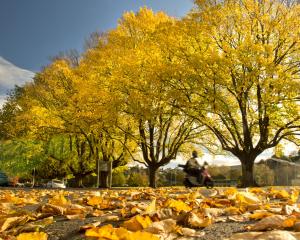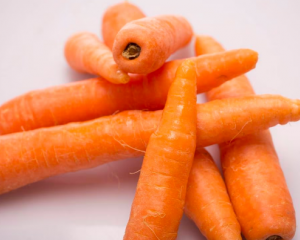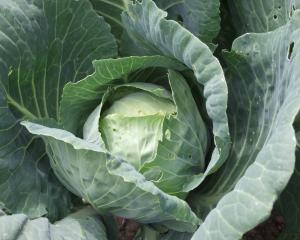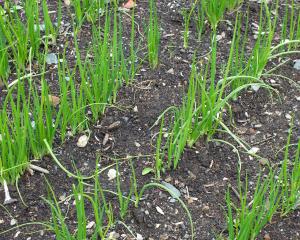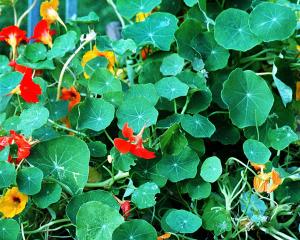Vegetables
Traditionally, broad beans are sown from March until mid-May, to stand through the winter and bear crops in early summer.
Renowned for their hardiness, broad beans are a favourite vegetable with many southern gardeners, as not only do seeds germinate in cold ground but the plants prefer heavier soils.
The soil for broad beans should be well drained and enriched with plenty of compost. Phosphates, supplied by adding bone dust or superphosphate, will encourage healthy growth. Applying lime at the rate of 50g a sqm some time before sowing sweetens sour, acid soils.
Tall broad bean plants need to be supported, and they can be excellent windbreaks. Site the rows where they will be useful shelter for the likes of lettuce, outdoor tomatoes and French beans.
Sow broad beans in double rows, about 20cm apart, with the seeds about 10cm apart and 5cm deep. Sow a few extra seeds at the end of rows to transplant into any gaps.
If you are growing red-flowered or other heritage broad beans and want to save seeds, be aware they will cross-pollinate with other broad beans within bee-flying distance.
Flowers
Gladioli should be lifted this month, even if the tops still look a bit green. Lift them and trim the tops, but do not cut them off completely. Put the corms in paper bags detailing the colour or variety and hang in a cool, dry place. Remove the foliage when it is completely dry, and store the gladioli in boxes or paper bags, but that is not essential.
Hyacinths can still be planted, but do not delay. For good spikes of flowers, the bulbs should be in rich soil with some bone dust added.
Snowdrops and crocuses can be planted for a spring display, too.
Tulips give good results when planted later in autumn. They like a rich soil, with fine river sand under each bulb to improve drainage.
Hardy annuals, biennials and perennials can still be planted for late spring and summer displays but, as with bulb planting, it is important to get on with it.
Sweet peas may still be sown in pots or boxes under shelter. If this cannot be provided, wait until spring and place where the plants will flower.
For those serious about sweet peas, trenches can be prepared now. Make them 1m wide and two spades deep. Mix garden compost, autumn leaves, seaweed, stable manure or other organic material into the subsoil. Replace topsoil, enriched with bone meal or superphosphate and crushed limestone (50g per m each). Sweet pea plants already growing can have the centres taken out of their growing points to encourage branching from the base and the formation of several leading shoots.
Annuals sown earlier for spring flowering can be thinned as soon as they can be handled, leaving 5cm divisions. Further thinning is necessary as the plants become larger.
Chrysanthemums which have finished flowering should be cut down to within 15cm of the ground to encourage growth from basal shoots.
Unless your garden is very sheltered, lift dahlia tubers. Store in damp sawdust for the winter under shelter, ideally in temperatures between 2degC and 5degC.
Fruit
Fruit trees will be in nurseries soon, and many garden centres supply a list of what they will have. It pays to get in early as popular types go quickly. That applies particularly to double and triple-grafted apples, pears, plums and apricots.


